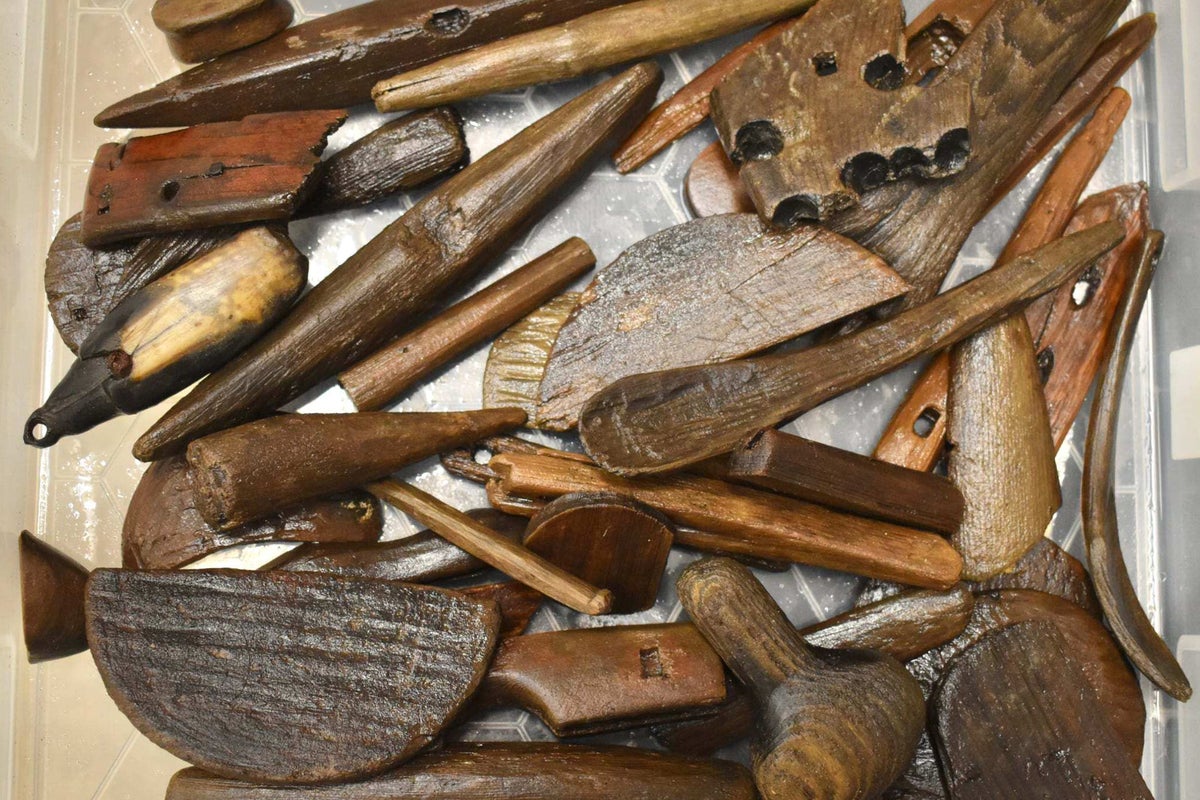Home / Environment / Alaskan Village Loses Thousands of Priceless Artifacts in Devastating Storm
Alaskan Village Loses Thousands of Priceless Artifacts in Devastating Storm
30 Oct
Summary
- Typhoon Halong destroys archaeological site in Quinhagak, Alaska
- Over 100,000 Yup'ik artifacts scattered and lost
- Melting permafrost and coastal erosion pose ongoing threats

On October 11-12, 2025, the remnants of Typhoon Halong struck the western Alaskan community of Quinhagak, near the edge of the Bering Sea. While the village was spared the widespread devastation seen in neighboring areas, it suffered a different kind of blow. The lashing winds and storm surge devoured dozens of feet of shoreline, disrupting a culturally significant archaeological site and washing away possibly thousands of unearthed artifacts.
Archaeologist Rick Knecht, who has worked on the Nunalleq, or old village, project for 17 years, estimates that around 100,000 pieces, including wooden masks and tools, were left scattered by the storm. This is roughly the same number of artifacts previously recovered from the site, which has yielded the world's largest collection of pre-contact Yup'ik artifacts.


